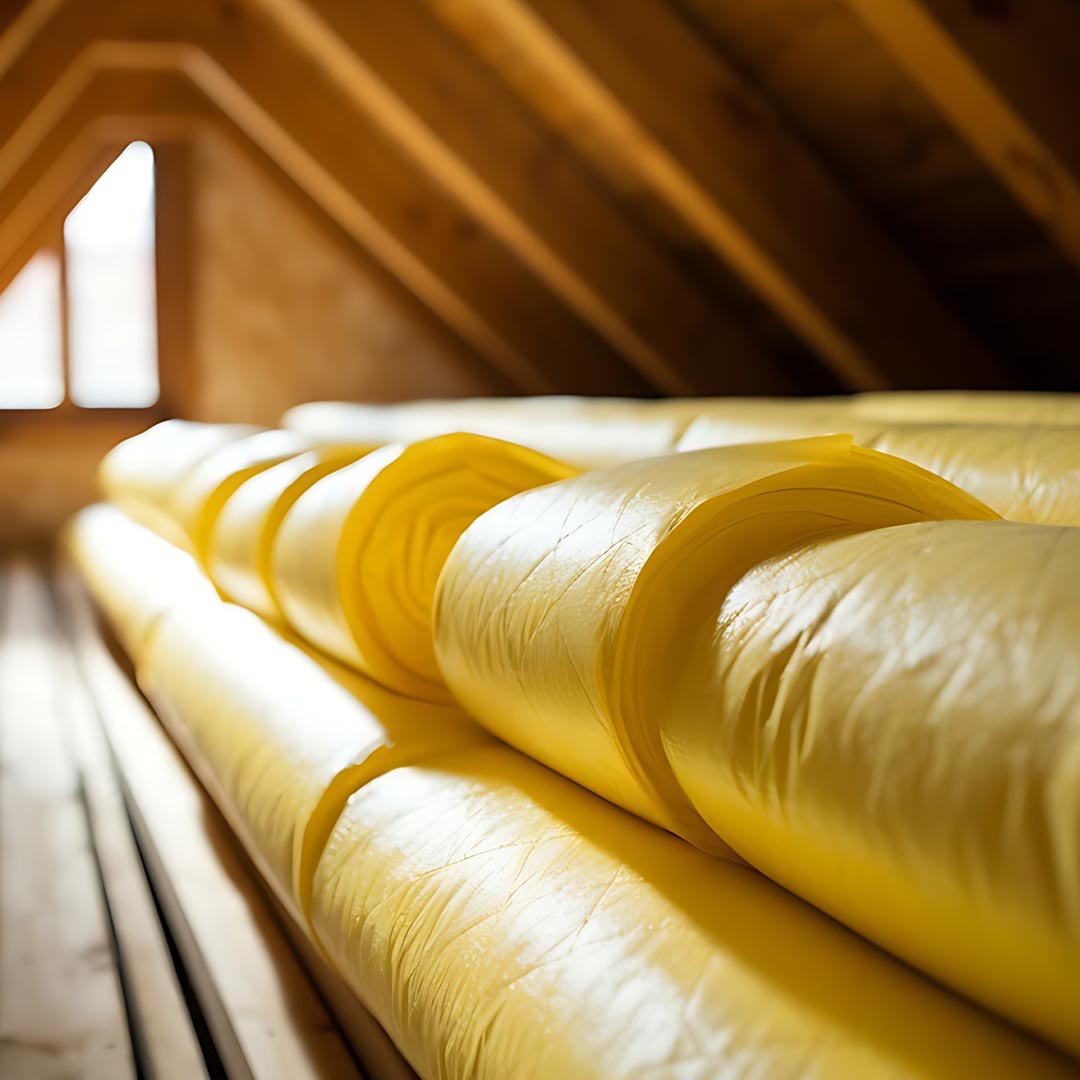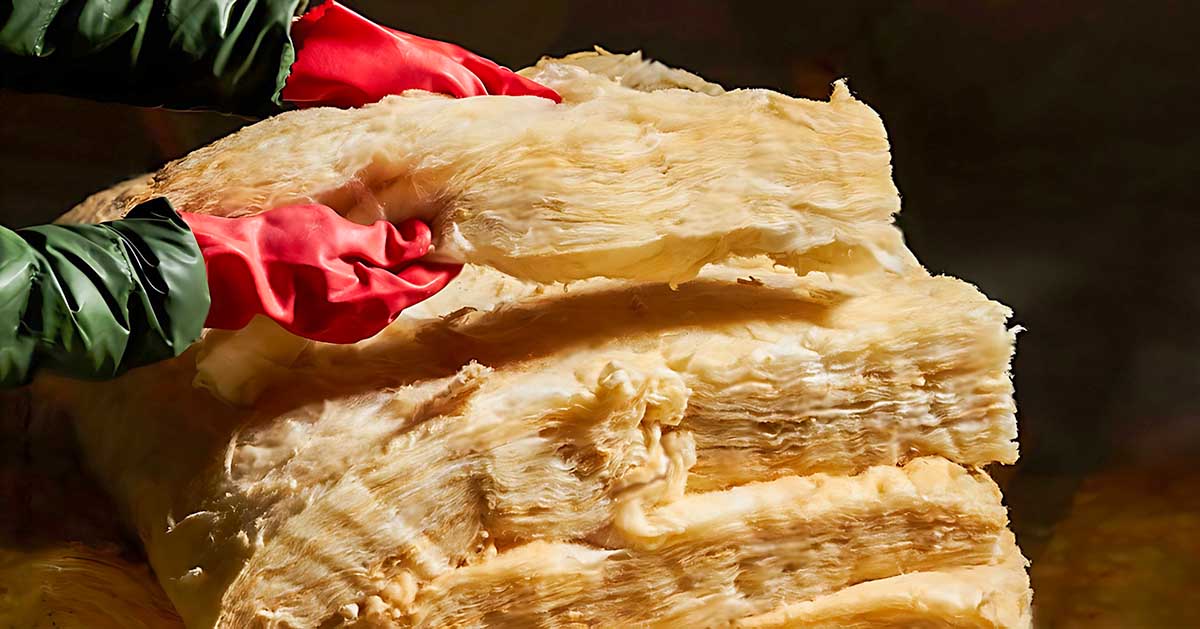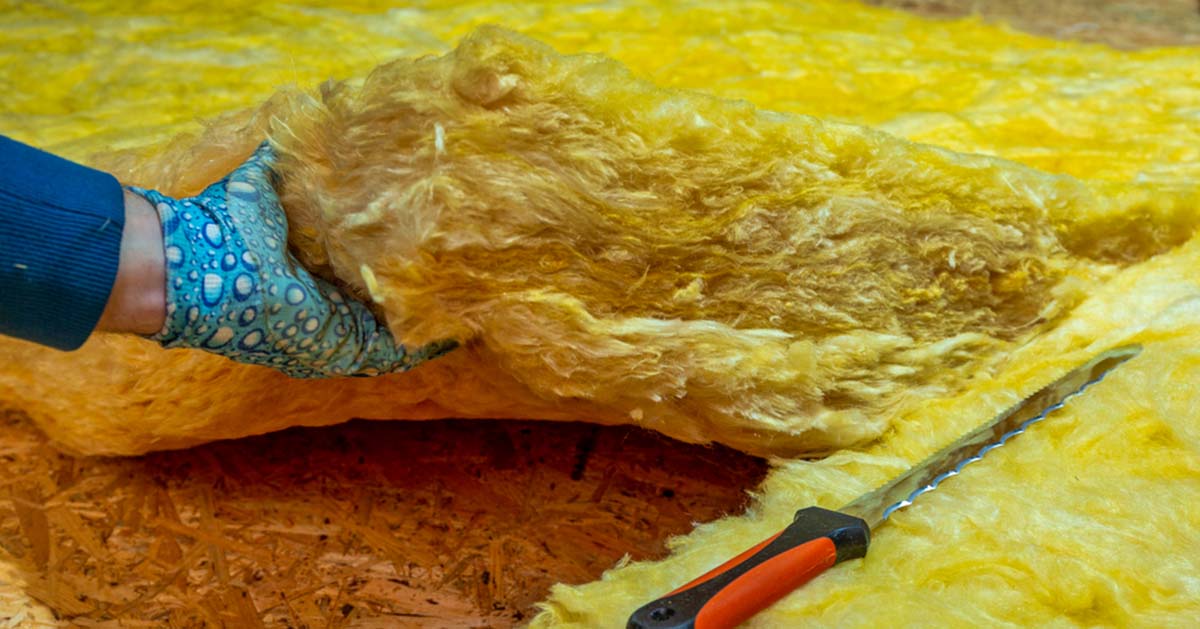
Introduction
Creating an energy-efficient and comfortable living space involves making informed decisions about insulation, particularly in loft spaces. This article aims to explore various types of loft insulation, shedding light on the best options, and emphasizing the effectiveness of each within the framework of the ECO 4 insulation scheme.
From loft extensions to the benefits of different materials, we will navigate through the intricacies of loft insulation to help you make an educated choice.
Blanket Insulation:
Blanket insulation is the most prevalent and cost-effective form. It typically comes in rolls of rock, glass, or mineral fibre, and foil-backed felt. This versatile insulation is easy to install, making it suitable for spaces between joists. An environmentally friendly option, such as Earthwool by Knauf, adds an eco-conscious dimension. However, it’s essential to note that blanket insulation might not be the most suitable choice for roof insulation.
Loose-Fill Insulation:
Loose-fill insulation comprises loose, lightweight materials like cork granules, cellulose fibre, mineral wool, or recycled newspaper. This type serves as a versatile option, useful for topping up existing insulation or as a standalone solution. However, its main drawback lies in its potential messiness and a somewhat less secure application compared to other insulation types.
Sheet Insulation:
Sheet insulation involves firm boards made of synthetic or natural materials. It stands out as the optimal choice for insulating the underside of the roof. Providing highly effective insulation, these boards can also be decorated over. The drawback, however, is that sheet insulation tends to be on the more expensive side compared to other available options.
Blown-Fibre Insulation:
Blown-fiber insulation introduces loose materials blown in between joists, making it ideal for hard-to-reach places. While suitable for specific situations, it doesn’t offer a complete solution, especially in draughty lofts. Professional installation is necessary for blown-fibre insulation, adding to its overall cost.
Key Considerations for Choosing Loft Insulation

Insulation Material:
Different materials offer varying levels of thermal resistance. Consider options like mineral wool, fiberglass, or foam board, weighing factors such as R-value, environmental impact, and suitability for the specific application.
Loft Space and Configuration:
The size and layout of your loft space play a significant role. Consider whether the insulation will be installed between joists, under the roof, or in the loft floor. Each configuration may require a different type of insulation material.
Environmental Impact:
Evaluate the environmental impact of the insulation material. Some options, such as recycled or natural materials, may be more environmentally friendly than others. Look for products with low embodied energy and consider their end-of-life recyclability.
Installation Cost and Complexity:
Assess the cost of both materials and installation. Some insulation types are more expensive but may offer long-term cost savings through increased energy efficiency. Additionally, consider whether the insulation lends itself to DIY installation or if professional services are necessary.
Long-Term Performance:
Consider the durability and longevity of the chosen insulation. High-quality insulation materials can maintain their effectiveness for several decades. Investing in durable insulation may result in long-term energy savings and a reduced need for replacements.
Building Regulations and Standards:
Ensure that the chosen insulation complies with local building regulations and standards. Adhering to these guidelines is crucial to avoid potential legal issues and to ensure the insulation meets the required safety and performance standards.
Moisture Resistance:
Evaluate how well the insulation material resists moisture. Moisture-resistant insulation is essential to prevent issues like mold growth and structural damage over time. This is especially crucial in areas prone to high humidity or condensation.
Ventilation Requirements:
Adequate ventilation is essential for a healthy and effective insulation system. Consider how the chosen insulation material interacts with existing ventilation systems and whether additional measures are needed to maintain proper airflow.
Energy Efficiency Goals:
Determine your energy efficiency goals and how loft insulation aligns with them. Certain materials may provide superior thermal performance, contributing to higher energy efficiency and potentially qualifying for energy efficiency incentives or certifications.
Future Renovations and Access Requirements:
Consider potential future renovations or changes to the loft space. Some insulation types may be easier to work with or modify if adjustments are needed down the line. Ensure that the chosen insulation allows for future access to wiring, plumbing, or other components.
Sound Insulation Needs:
If sound insulation is a consideration, select materials that offer good acoustical properties. This is particularly important in urban areas or if the loft space serves as a home office or entertainment area.
Choosing the Best Loft Insulation
In the quest for the most effective loft insulation, the optimal choice hinges on a careful consideration of various factors. The decision involves weighing the specific requirements of the space, taking into account environmental considerations, and navigating within budget constraints. Each type of loft insulation presents unique advantages and limitations, necessitating a thoughtful evaluation to make an informed decision.
The diverse options, including blanket insulation, loose-fill insulation, sheet insulation, and blown-fibre insulation, cater to different needs and circumstances. Blanket insulation, cost-effective and versatile, is well-suited for spaces between joists but may not be the ideal solution for roof insulation.
Loose-fill insulation, though versatile, may be messy and less secure. Sheet insulation offers highly effective insulation for the underside of the roof but tends to be pricier. Blown-fibre insulation, suitable for hard-to-reach places, requires professional installation and may not provide a complete solution, especially in draughty lofts.
In conclusion, the best choice of loft insulation depends on a nuanced understanding of the unique characteristics of the space, coupled with a consideration of environmental impact and financial parameters.
This informed approach empowers homeowners to make decisions aligned with their specific needs and ensures that the selected insulation optimally complements the distinctive features of their home.
Benefits of Loft Insulation
Energy Efficiency and Cost Savings: Loft insulation can reduce energy consumption by up to 35%, leading to substantial cost savings on heating and cooling bills over time.
Stable Temperature: Proper insulation helps maintain a consistent indoor temperature, reducing the need for frequent adjustments. This stability contributes to a comfortable living environment year-round.
Financial Impact: Homeowners may experience an annual savings of approximately $200-$400 on energy bills due to reduced heating and cooling needs.
Environmental Impact: Effective loft insulation can lower a home’s carbon footprint by several hundred kilograms of CO2 emissions per year, contributing to environmental conservation.
Improved Comfort and Well-Being: Residents in well-insulated homes report increased comfort, with surveys indicating up to a 50% improvement in overall satisfaction with living conditions.
Condensation Prevention: Loft insulation helps prevent condensation issues, reducing the risk of mold growth. This can lead to savings on potential health-related costs and maintenance.
Increased Property Value: Homes with energy-efficient features, including loft insulation, may see an average increase in property value of 5-10%, offering a tangible return on the investment.
Sound Insulation: Properly insulated lofts can provide up to a 40% reduction in external noise, creating a quieter living space and contributing to overall well-being.
Government Incentives: Various government incentives, such as tax credits or grants, can provide financial benefits for homeowners, sometimes covering up to 30% of the insulation installation costs.
Long-Term Durability: Quality loft insulation materials can have a lifespan of 40 years or more, ensuring a lasting impact on energy efficiency and long-term cost savings.
In a nutshell, the numerical advantages of loft insulation extend beyond immediate comfort to encompass substantial financial savings, environmental benefits, increased property values, and improved overall well-being for homeowners.
Conclusion
In conclusion, selecting the right type of loft insulation is crucial for creating an energy-efficient and comfortable living space, especially within the framework of the ECO-4 insulation scheme.
By considering factors such as material effectiveness, expert guidance, and compliance with standards, homeowners can make informed decisions that contribute to a sustainable and cost-effective home.



